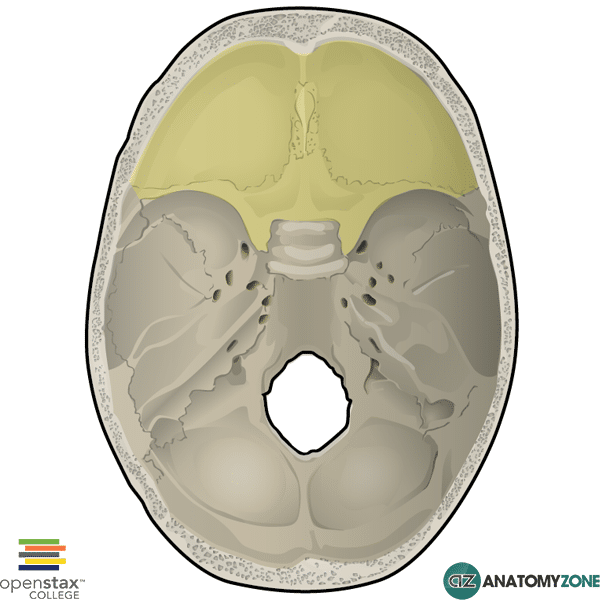What's the shape of this bone and what is it called?
Flat bone and Sternum
This small hole located in the mandible allows nerves and blood vessels to enter the jaw.
Mandibular foramen
What is this projection called?
Trochanter
What is the highlighted area called and how many of them do we have?
Fossa and we have three
These two bones form the bridge of the nose.
The nasal bones
These bones are longer than they are wide and are typically found in the limbs
Long Bone
What is the red arrow pointing too?
Meatus
This term refers to a bony prominence that often serves as an attachment point for muscles or ligaments.
A process
This bone forms the forehead and the upper part of the eye sockets.
Frontal Bone
What is this bone called?
Palatine bones
What are these bones considered?
Short Bones
What is this called?
Fissure
This projection on the vertebrae extends posteriorly and is used for muscle attachment and spinal stability.
Spinous process
What is the highlighted part called?
Lambdoid suture
This thin bone forms part of the medial wall of the eye socket and contributes to the nasal cavity.
The lacrimal bone
This type of bone has a complex shape that does not fit into the other categories, such as the vertebrae and some facial bones.
Irregular bones
What is this called?
Foreman Magnum
This prominent bony ridge along the pelvis is known for its importance in muscle attachment and the formation of the hip joint.
Iliac crest
These paired bones form the sides and base of the skull and contain the structures for the ear.
Temporal bone
The only movable bone in the skull, it is involved in the process of chewing.
The mandible
The bone shape of the patella, which protects the knee joint, falls into this category.
Sesamoid bones
This series of small holes in the vertebrae allows for the passage of spinal nerves.
Intervertebral foramina
This term describes any bony prominence that is typically rounded, such as those found on the ends of long bones. :background_color(FFFFFF):format(jpeg)/images/article/en/greater-tubercle-of-humerus/vDeakXL4BmV318Qhu3h5Q_nLSoKSQeFULTaKnP1fat8g_tJ639jnJnC_Tuberculum_majus_1.png)
Tubercle
This bone is located at the base of the skull and houses the foramen magnum, allowing the spinal cord to connect with the brain.
Occipital Bone
This pair of bones forms the cheekbones and plays a role in the structure of the eye sockets.
Zygomatic bones